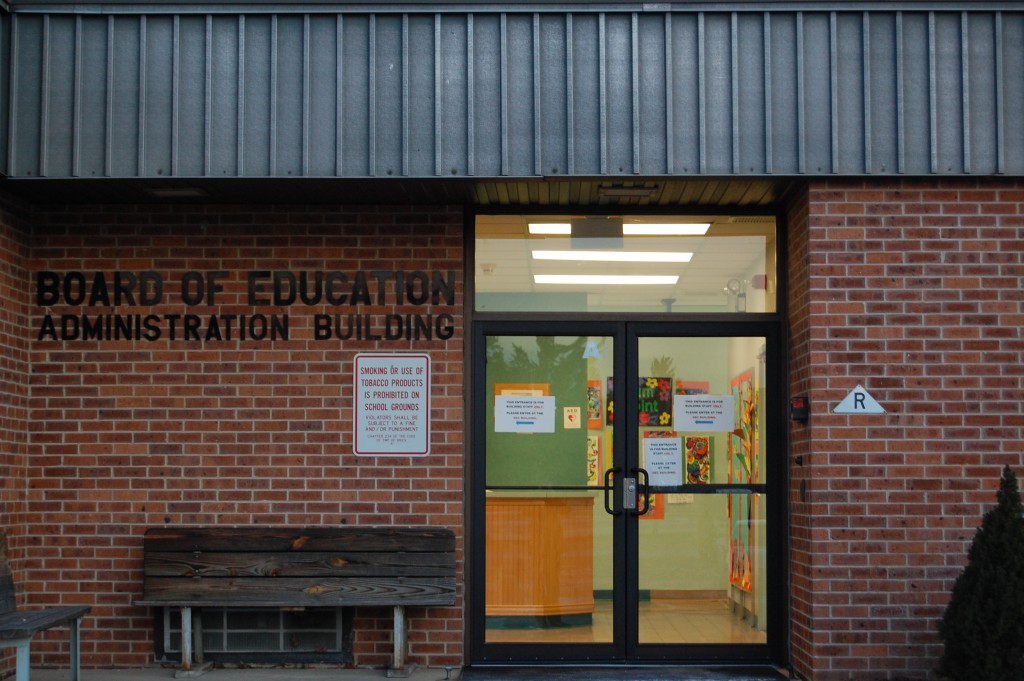As the Brick Township school district began its quest to adopt a budget for the 2019-20 school year amidst multi-million dollar funding cuts from the state, officials also described how changing demographics have made it difficult to predict the school system’s needs.
“We’ve been studying ten years of our data,” said Susan McNamara, Director of Curriculum and Instruction for the district, as officials began to develop a budget that reflects multi-year planning. Officials at a school board meeting Thursday night said the adoption of a tentative budget for the 2019-20 school year is scheduled for March 14, eight days after Gov. Phil Murphy delivers his annual state budget address.
Brick’s school population has become less stable and students are increasingly poor or non-English speaking, data has shown. The staggering figures have created a challenge when it comes to planning.
|
|
Superintendent Gerard Dalton said that the district, in some cases, has seen population shifts of up to 18 percent month-to-month as students enter and leave the town.
“Districts are not seeing the same level of stability we once saw,” said Dalton. “We’re watching that data, looking at it very carefully and making predictions based on that.”
The number of students who are classified as English Language Leaners (formerly known as English as a Second Language students) has doubled over the last several years, McNamara said. The rate of increase in that population has jumped from 16 percent to 32 percent, with ELL students making up just under 2 percent of the total student population.
“Poverty has also increased,” said McNamara, who estimated a third of the entire district’s students were receiving free or reduced lunches due to low family income.
According to statistics from the state Department of Education for the 2017-18 school year (the last for which data has been published), of Brick’s 8,633 students, 2,826 were receiving free or reduced lunch. Of that student population, the vast majority was receiving free lunch. In all, 2,257 students received free lunch and 569 received lunch at a reduced cost.
The same state data showed 248 students were classified as “limited English proficient.”
With $22 million in funding cuts ahead for the district over the next seven years, officials have expressed frustration meeting the increasing needs of its changing student base. The Brick district, for decades, has had a higher percentage of special education students than the state average – often heralded as a testament to the district’s special education programming – but in recent years the state’s funding formula has short-changed taxpayers.
Kristen Hanson, the district’s Director of Special Services, said an average school district in New Jersey sees 12 to 15 percent of students being classified as in need of special education services. Brick’s special education population accounts for 22 percent of the student body.
“If your district is above the state average, you only get funded at the state average for special ed students,” said Dalton, adding that he has discussed the issue with legislators in meetings across the state.
As the district pursues legal action against the state over the eight-figure funding cuts, officials have been left to delve deeply into historical data to predict future need.
“Demographics are guiding decision-making,” Dalton said.

Advertisement

Police, Fire & Courts
Grand Jury Indicts Point Pleasant Man, Once a Fugitive, for Attempted Murder









